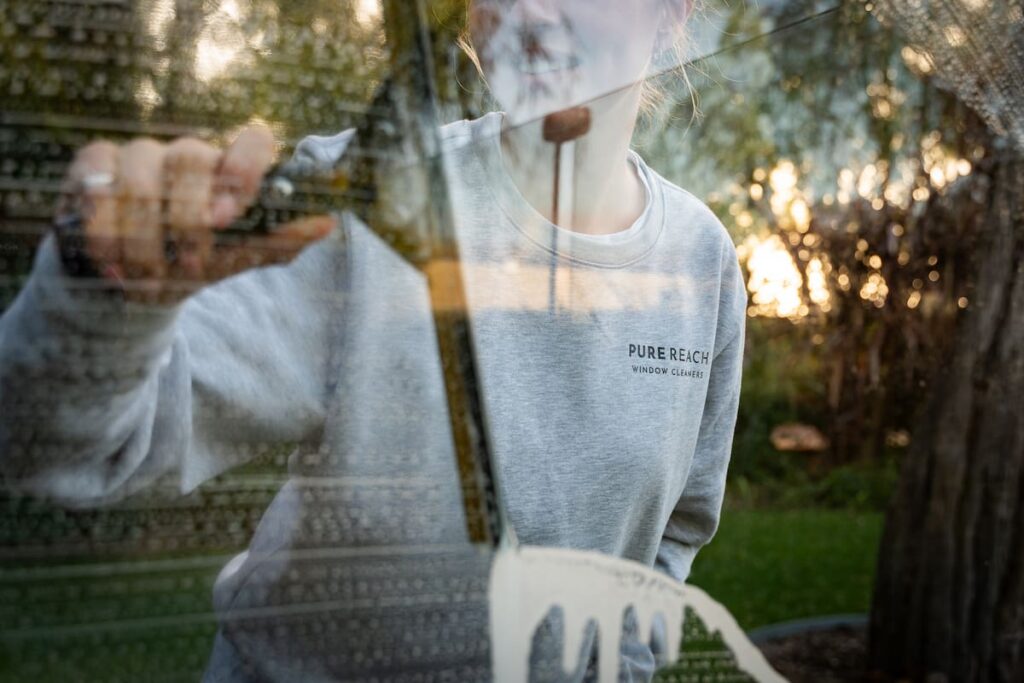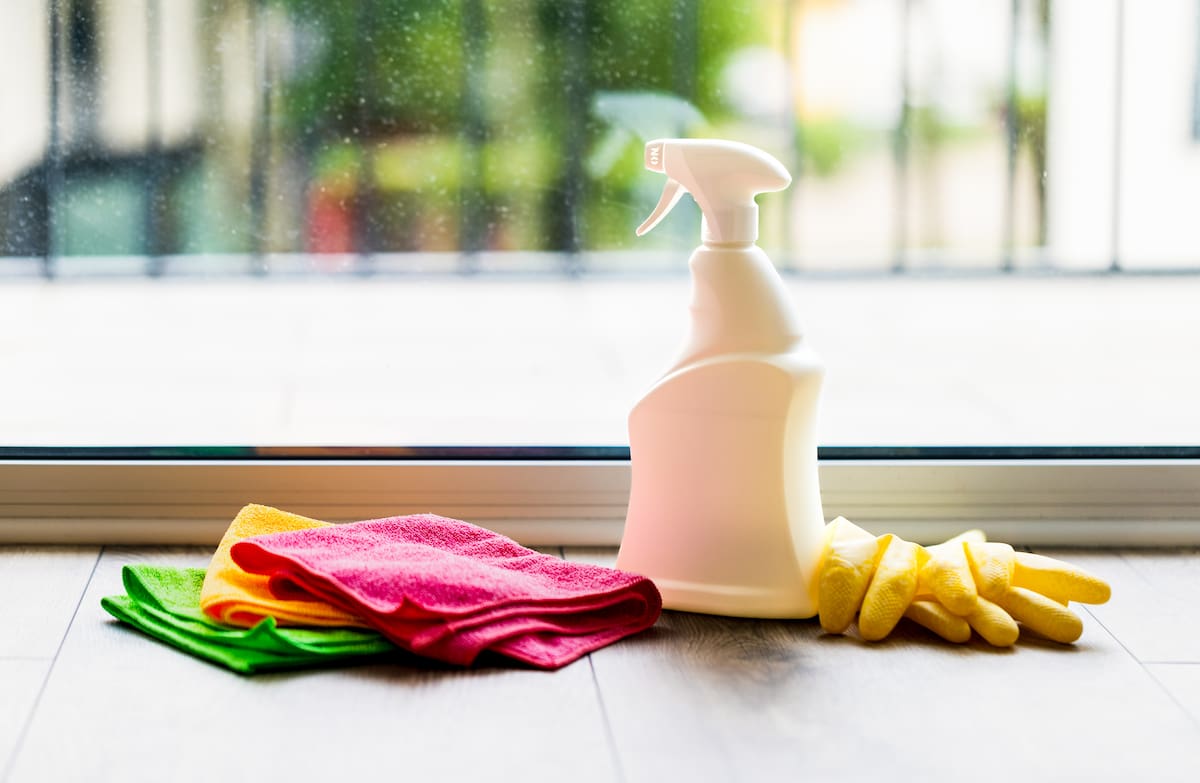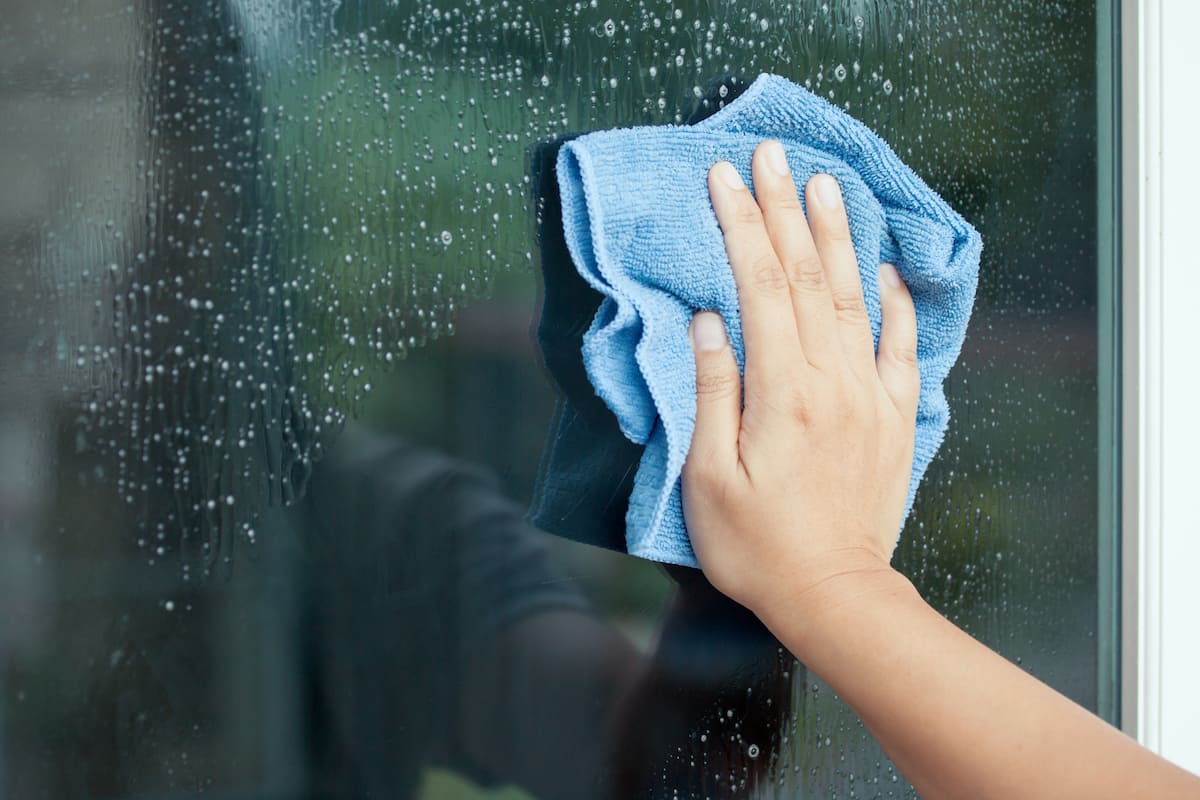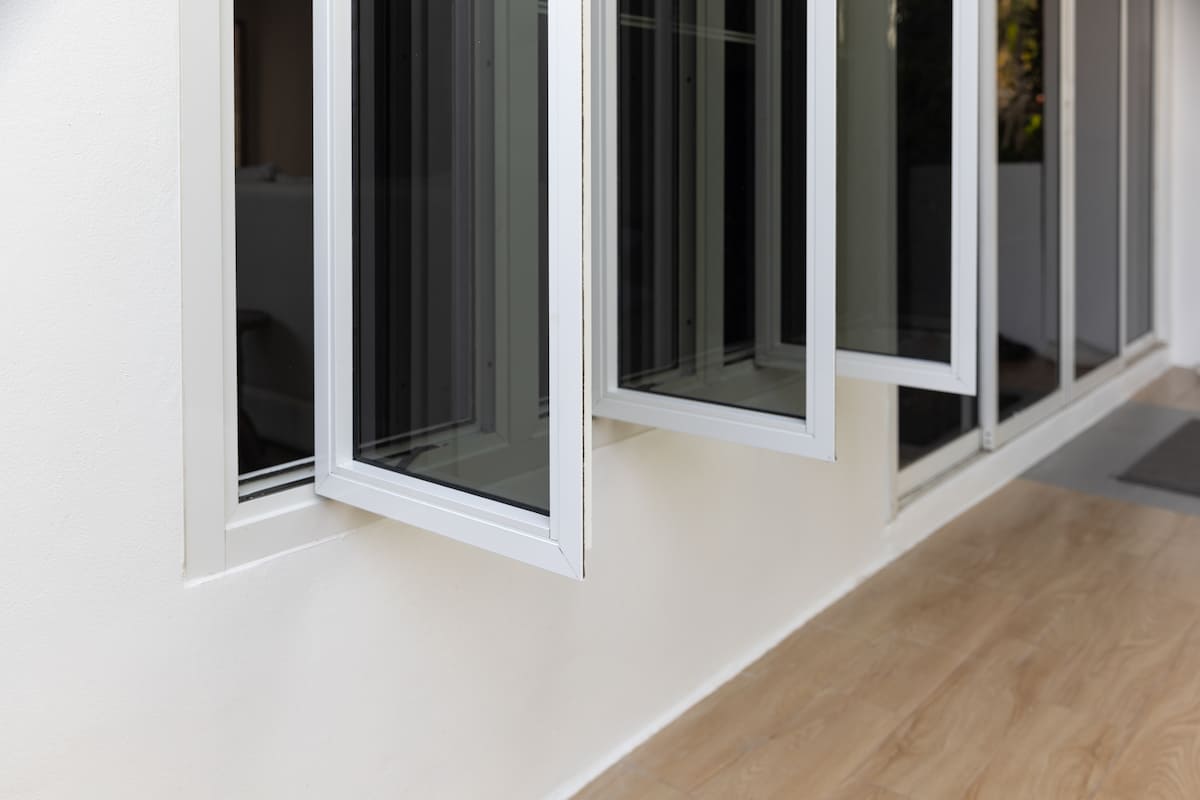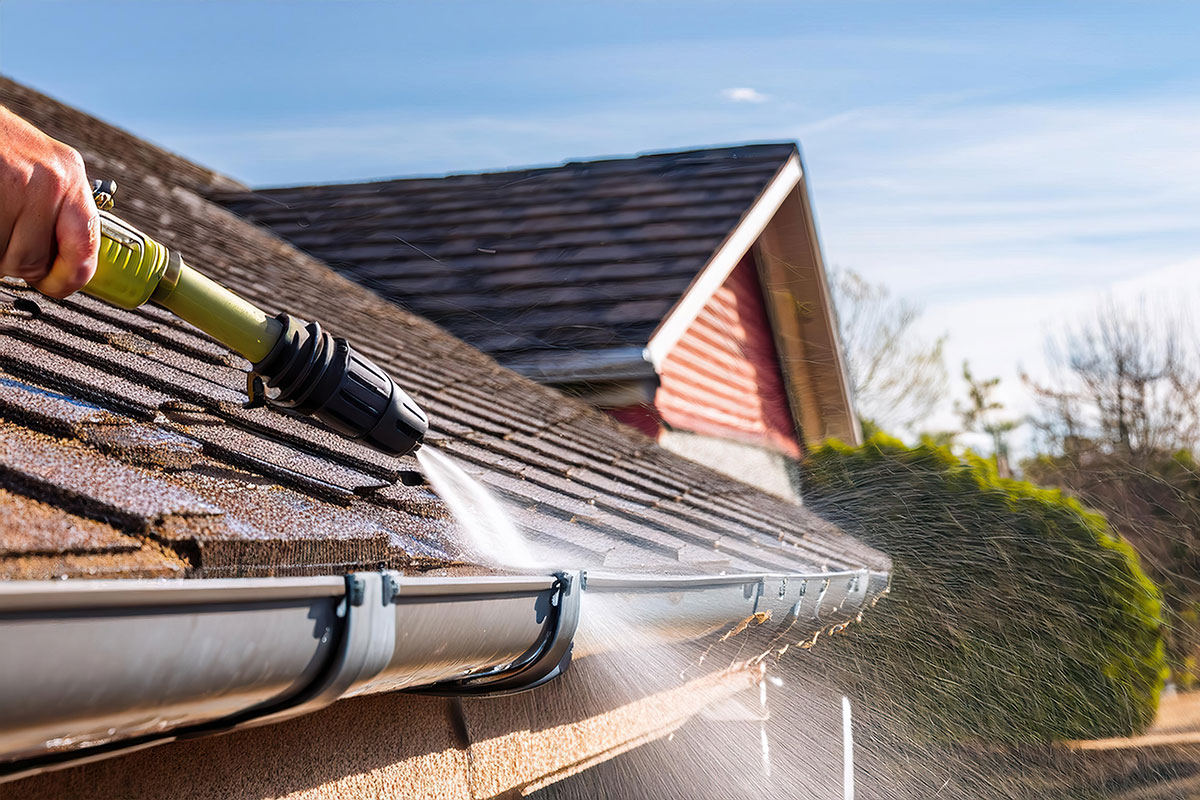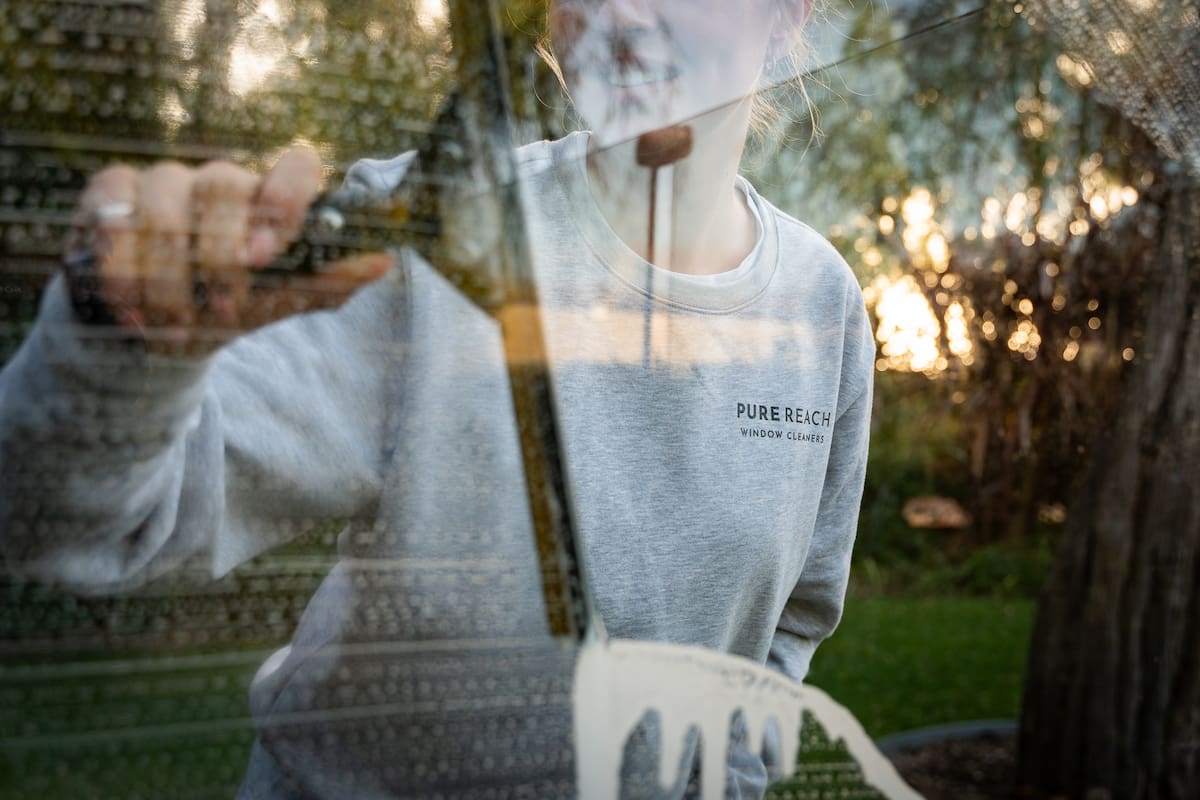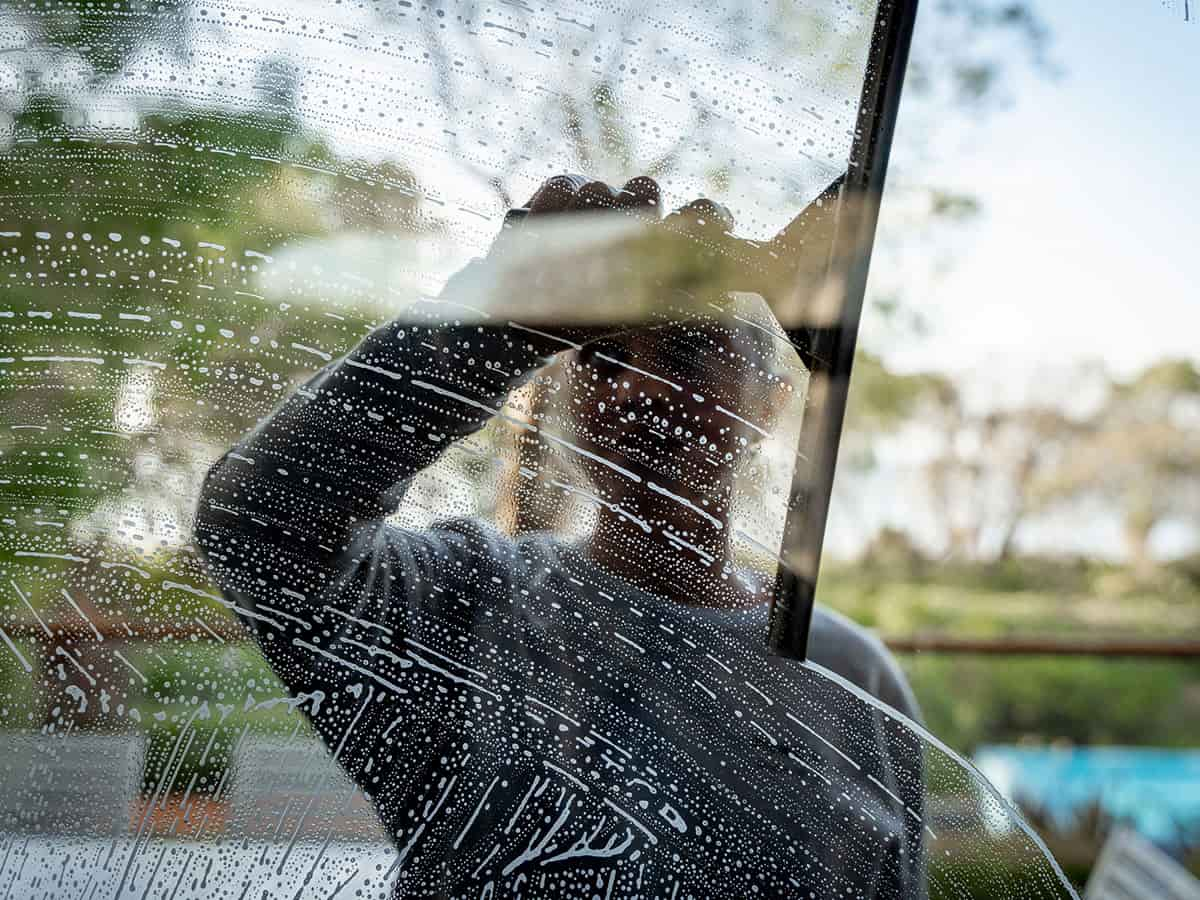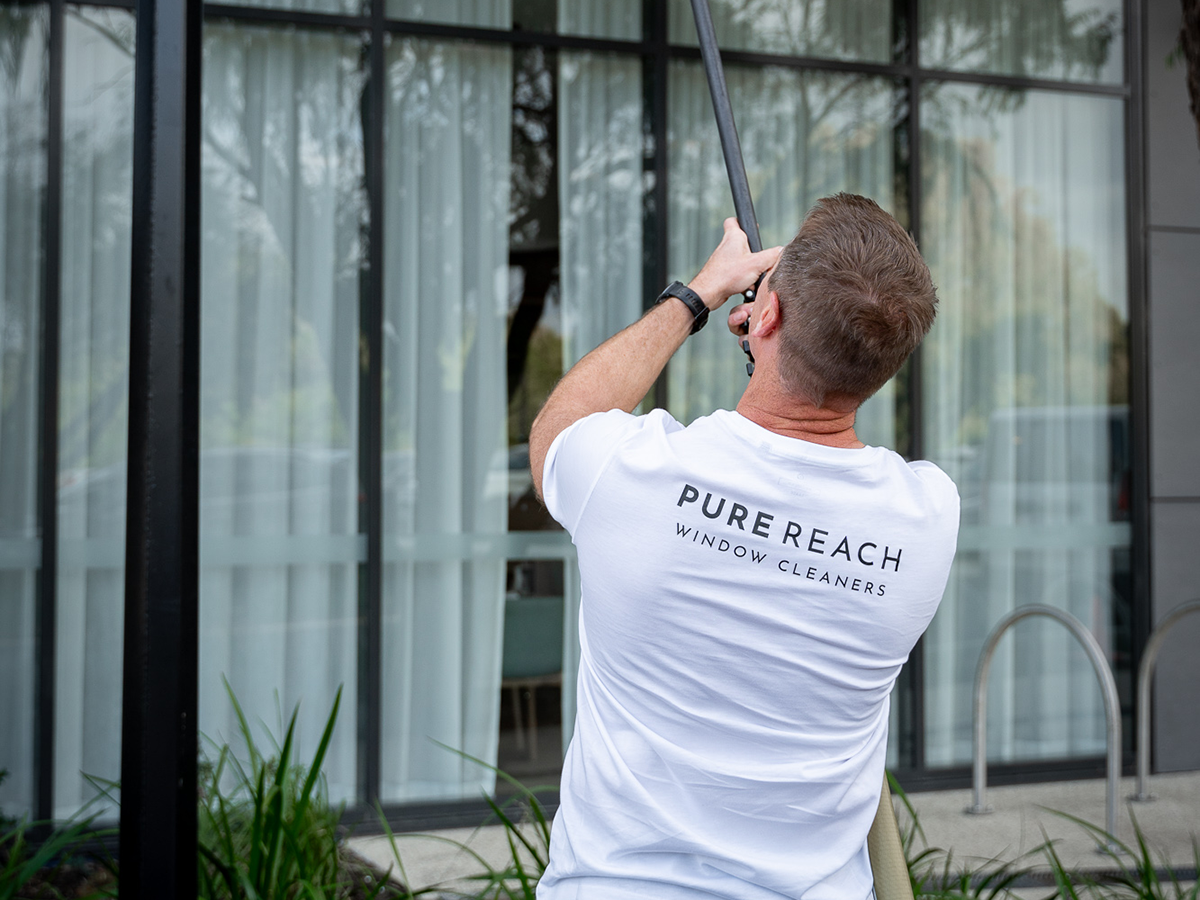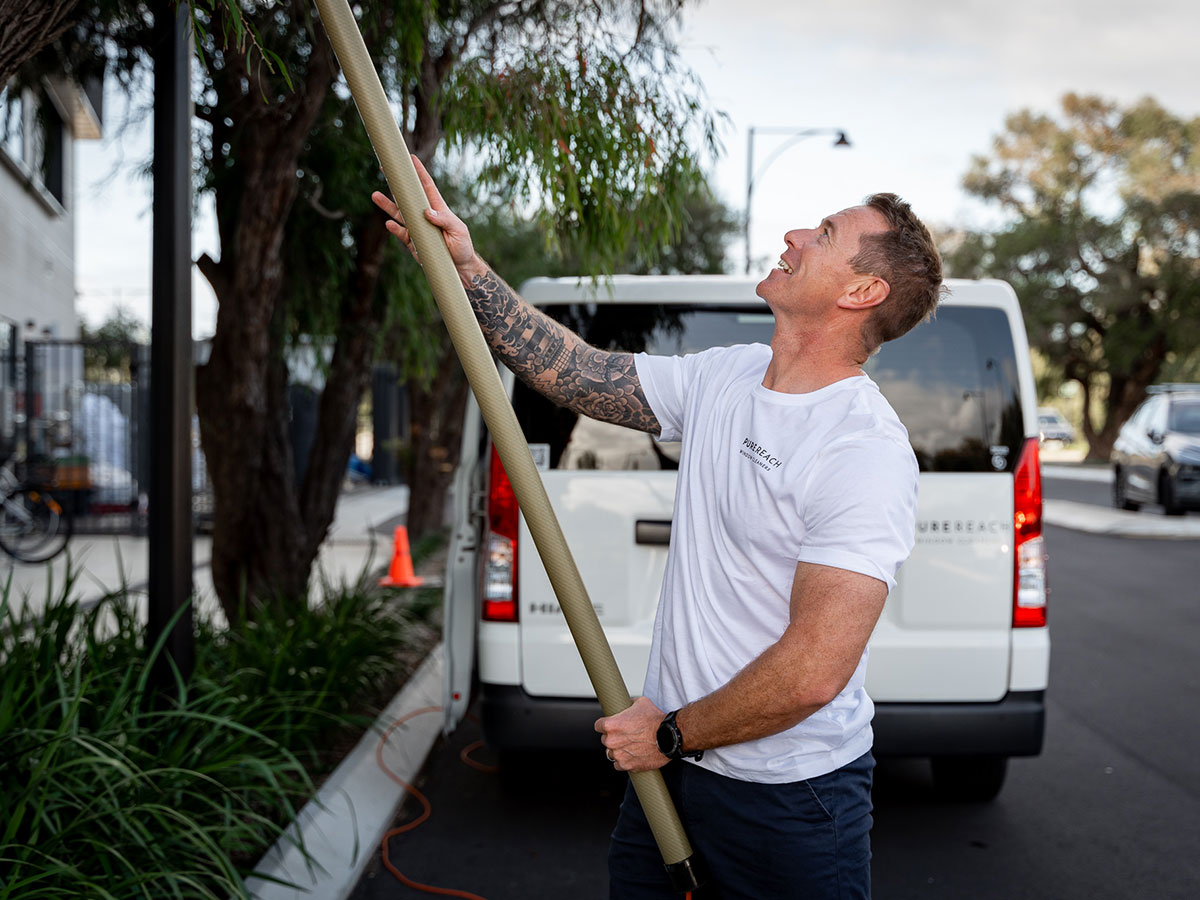Tinted windows are a great way to boost privacy, protect against UV rays, and keep your home cool. But when it comes time to clean them, extra care is needed to avoid damaging the delicate tint film. Using the wrong products or methods can lead to scratches, streaks, or even peeling. In this guide, we’ll show you exactly how to clean tinted house windows safely, so they stay clear, spotless, and protected for years to come.
Why Tinted Windows Need Special Care
Tinted windows aren’t quite the same as standard glass. While they might look similar, they have a thin film applied to the surface that’s vulnerable to harsh chemicals, rough cloths, and abrasive cleaning techniques.
Using the wrong products can weaken the film, causing bubbles, peeling, or even discolouration over time. That’s why it’s important to use gentle methods and soft materials specifically suited for tinted glass. When cleaned correctly, tinted windows not only look better but also continue to provide the full benefits of UV protection, energy savings, and enhanced appearance.
What You’ll Need
Before you start cleaning, it’s important to gather the right tools and products.
Here’s what to use to clean your tinted house windows:
-
A soft microfibre cloth or sponge
-
Mild, ammonia-free glass cleaner
-
Distilled water (optional for streak-free results)
-
A rubber squeegee (with a soft edge)
-
Spray bottle (if making your own cleaner)
Avoid using paper towels, abrasive pads, or any cleaner that contains ammonia or harsh chemicals. These can scratch the tint or cause it to deteriorate over time.
Step-by-Step Guide to Cleaning Tinted Windows
Step 1: Prepare Your Cleaning Solution
If you’re using a commercial cleaner, make sure it’s labelled “safe for tinted windows.” Alternatively, mix a few drops of mild dish soap into a spray bottle filled with distilled water.
Step 2: Lightly Spray the Window
Spray your cleaning solution lightly onto the glass. Avoid soaking the edges of the window where the tint film may lift.
Step 3: Wipe Gently
Using a soft microfibre cloth or sponge, gently wipe the surface in a circular motion to remove dust, dirt, and fingerprints.
Step 4: Squeegee for a Streak-Free Finish
Starting at the top of the window, pull the squeegee down in straight, even strokes. Wipe the squeegee blade with a cloth after each pass.
Step 5: Final Touch
Use a dry, clean microfibre cloth to gently wipe around the edges and catch any remaining drips or streaks.
How Often Should You Clean Tinted Windows
Tinted windows should be cleaned every two to three months to keep them looking their best.
However, the exact timing can depend on where you live and your environment:
-
Homes near the coast may need more frequent cleaning due to salt and moisture.
-
Areas with lots of trees or dust might require more regular attention.
-
Homes in clean, low-traffic areas may only need a gentle clean every few months.
Light maintenance, like wiping away fingerprints or dust with a dry microfibre cloth, can also help extend the time between deep cleans.
Keeping a regular cleaning schedule protects the tint film and ensures your windows stay clear, clean, and streak-free.
Common Mistakes to Avoid
When cleaning tinted windows, small mistakes can cause big damage. Here’s what you should avoid:
-
Using Ammonia-Based Cleaners: Ammonia can weaken the tint film and cause it to bubble or peel. Always check your cleaner is ammonia-free.
-
Scrubbing with Rough Materials: Avoid paper towels, scrubbing pads, or anything abrasive that can scratch the tint.
-
Applying Too Much Pressure: Gentle, even strokes are best. Heavy pressure can damage or stretch the film.
-
Ignoring the Edges: Over-wetting the edges of the window can loosen the tint. Spray lightly and work carefully around the borders.
-
Cleaning in Direct Sunlight: Hot glass can cause cleaners to dry too fast, leaving streaks or marks. Always clean in cooler conditions if possible.
By avoiding these common mistakes, you’ll help keep your tinted windows looking perfect for longer.
DIY vs Professional Window Cleaning
While cleaning tinted windows yourself can be simple with the right approach, there are times when hiring a professional can make sense.
DIY Cleaning is Ideal When:
-
You’re doing light, regular maintenance.
-
The windows are easily accessible.
-
You have the right supplies and time.
Professional Cleaning is Best When:
-
Your windows are hard to reach or multi-storey.
-
The tint is older and needs extra care.
-
You want guaranteed streak-free, scratch-free results.
-
You’re short on time and prefer a hassle-free service.
Professional residential and commercial cleaners have the tools, techniques, and experience to care for your tinted windows properly, giving you peace of mind and flawless results.
If your tinted windows are older or have started to show signs of damage, it may also be worth consulting a professional window tinting expert. Companies like Solartint Cockburn can provide advice on maintaining or replacing home window tinting to keep your windows protected and looking their best.
Conclusion
Tinted windows add real value to your home, but they need the right care to keep them looking their best. With gentle cleaning techniques, safe products, and regular maintenance, you can enjoy clear, streak-free windows without risking damage to the film.
Whether you’re handling the cleaning yourself or prefer to trust a professional, the key is to stay gentle and stay consistent. If you ever need help, Pure Reach Window Cleaners is here to make the job easy with expert care and quality results.
Frequently Asked Questions
What should you not use to clean tinted windows?
Avoid any cleaners containing ammonia, harsh chemicals, or abrasive materials like scrubbing pads. These can damage the tint and shorten its lifespan.
Can you clean tinted windows with Windex?
Standard Windex often contains ammonia, which is not safe for tinted windows. If you use Windex, make sure it’s an ammonia-free version labelled as safe for window films.
How do you clean mirrored or reflective tinted windows?
The same gentle method applies: use a soft microfiber cloth and an ammonia-free cleaner. Reflective tints are especially sensitive to scratches, so avoid using paper towels or rough cloths.
How long after tinting should you wait to clean windows?
It’s best to wait at least 30 days after installation before cleaning newly tinted windows to allow the film to cure properly.

